









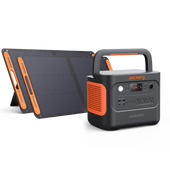


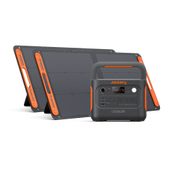


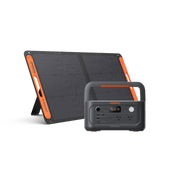
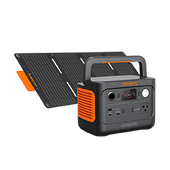




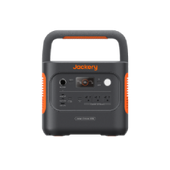
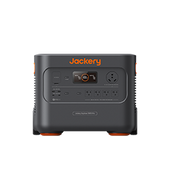
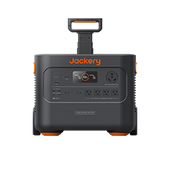



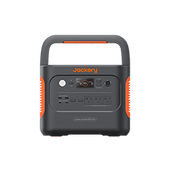


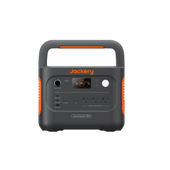


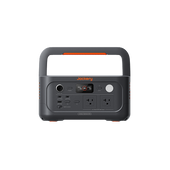

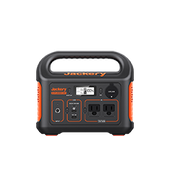
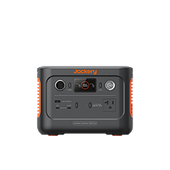

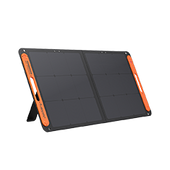

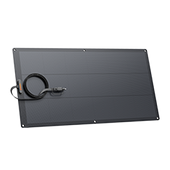
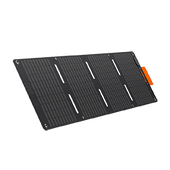
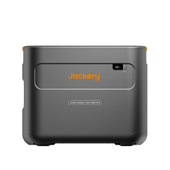


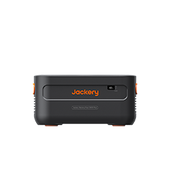


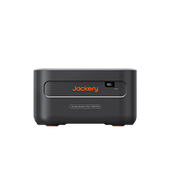


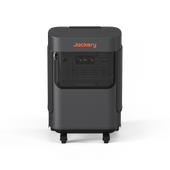
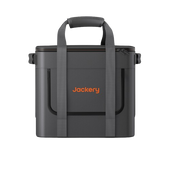

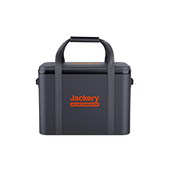
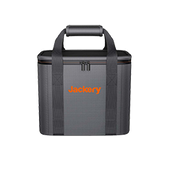
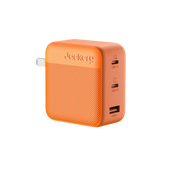
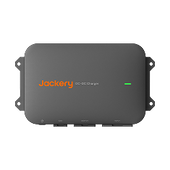
![[Add-on] Jackery Manual Transfer Switch for Explorer 5000 Plus](http://ca.jackery.com/cdn/shop/files/add-on-jackery-manual-transfer-switch-for-5000-plus-240V.webp?v=1757043692&width=170)
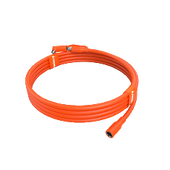
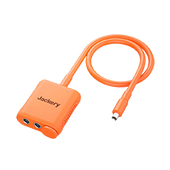

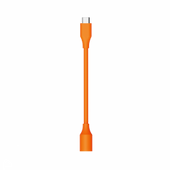
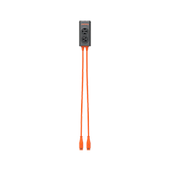






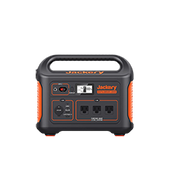

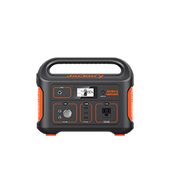

















































































































![[Add-on] Jackery Manual Transfer Switch for Explorer 5000 Plus](http://ca.jackery.com/cdn/shop/files/add-on-jackery-manual-transfer-switch-for-5000-plus-240V.webp?v=1757043692&width=170)














Tom owns the Jackery Explorer 240, 1000, 1500 Pro, and 2000 Pro and loves the technology. During his interview, Tom shares his family’s experiences with Jackery's range of products and how he uses different power stations to prepare for emergencies like hurricanes.
My name is Tom Roberts, an old guy who is 90% retired. My wife and I, and one of my daughters live in Fort Lauderdale, Florida, where we occasionally deal with hurricanes. Another two daughters live in the Midwest, so I go back and forth between the Midwest and Fort Lauderdale.
I have a technical background with a graduate degree in architectural engineering. Since I've been a distributor of mechanical systems my whole life, I'm pretty familiar with how things work. And I loved the Jackery technology, the form factor, the design, and the tech support.
I started with a little Jackery Explorer 240 and loved that product. It was a good way to introduce myself to portable or backup power systems. I primarily bought it for charging cell phones and other devices during power outages and hurricanes.
I loved the Jackery products and started looking for bigger power stations with high solar backup potential. Next, I purchased a Jackery Explorer 1000 and, at the same time, bought a portable refrigerator. I've used the power station several times during camping, whitewater rafting, and canoeing. The power station is just the perfect size to power my refrigerator for three to four days.
Then, I bought another Explorer 1000 for Florida as a sort of primary backup for the refrigerator. I also got into utilizing some really cool DC accessories and was really impressed with the things available at 12-volt DC for power outages or camping. I have learned that when I use my portable fridge in DC mode, the battery lasts longer as there is no inverter power loss.
I've also got a little 12-volt DC fridge in Florida. Whenever I buy seafood from the shop, I use my little Jackery Explorer 240 to keep the seafood fresh on my way home. I also have many USB 12-volt LED lights that I can run forever. So, my primary backup strategy is charging a small, very efficient fan, lights, cell phone, and refrigerator -- and Jackery has got it all covered.
The image is one of the very basic additions I use for summertime backup. This shows the highly efficient ECM (electronically commutated motor) fan I use for added comfort. Also one of the LED lights with switches and a long cord. Note that the TOTAL power consumption with BOTH on is only 7 watts!
I have multiple Jackery solar panels, and I've been really impressed with how fast they charge. Let's say I use my Jackery Explorer 1000 during the day, and meanwhile, I take Explorer 1500 to my daughter's house and plug it in or use SolarSaga 100W Solar Panels to charge it and it’s fully charged in a few hours.
When the Jackery Solar Generator Pro series came out, I bought the Explorer 2000 Pro. I can charge the power station in two hours, which is one-third of the time it takes to charge the Explorer 1500. All these units work beautifully together. Suppose you're in a hurricane outage, and you want to continuously use your refrigerator. I've got my Explorer 1500 powered up, charging the refrigerator and cell phones, and running a little fan. Meanwhile, my Explorer 1000 is on my balcony, getting charged with solar panels and will be ready to use once my 1500 is out of power.
I flip that around at night and let Explorer 1000 charge the devices. I take my Explorer 1500 to a charging point, like my daughter's house or elsewhere, and it only takes two hours to charge. I can then zip it back home. It's an incredible deal! Now, I also have the Explorer 2000 Pro and SolarSaga 200W Solar Panels. I also take my Jackery and solar panels to my daughter's house when they're out of power. This portability and fast charging is a really unique feature.
I even talked my buddy into buying a Jackery. He used his Jackery to repair a fishing dock, which was a mile or two from the closest electrical outlet. He took his Jackery down with three extension cords to fix the fishing dock and charged his portable tools, drills, saws, etc. A month later, the same guy called me up and said Jackery was awesome.
I'm an engineer, so if I ask for something, I probably have to give up something. And I love the idea of the Explorer Plus Series. I also love the idea of the Pro series. They are completely different products, and being able to add batteries is great.
The front end on the electronic side is awesome. But I really liked the Pro, as it hits the sweet spot. If there is anything that I'd say, it would be that people are getting more sophisticated with their 12-volt capability. So maybe an expansion on the 12-volt side would be a great idea.
While the solar form factor and the factor are pretty good, the water resistance nature of the solar panel connections should be improved. I would suggest having either NEMA three R or a NEMA four, so people don't have to worry about anything.
You should get better at your hurricane plan beforehand. People in Florida are notoriously bad about their hurricane preparation until the storm is three days out. Then everybody goes and buys their water three days before the hurricane comes. You could always have two cases of water in your garage, buy a new case, and just move the inventory through and use it. Use the oldest case and refill it so that you always have two extra cases of water in your garage.
So, the same kind of thinking applies to Jackery. It happens every time we have a hurricane, people run out, and the home improvement stores are out of generators. And then people are shocked because it's not the gasoline they can't get; it's the plastic gas cans. So, you have to think through your plan ahead of time. Think, how long am I likely to be down? You kind of plan through what you would need and what supplies of food, medicine, and drinking water.
The next thing you come to is power and the Jackery Explorer 1500 or 2000 Pro. With either Explorer 1500 or 2000 Pro and a couple of solar panels, they can get started. Then, a year later, they can get another one to do this power portaging and switching out of their two primary units. And if they've got water, medicine, food, and a little bit of lighting, a fan, etc., they're in a really good spot.
More